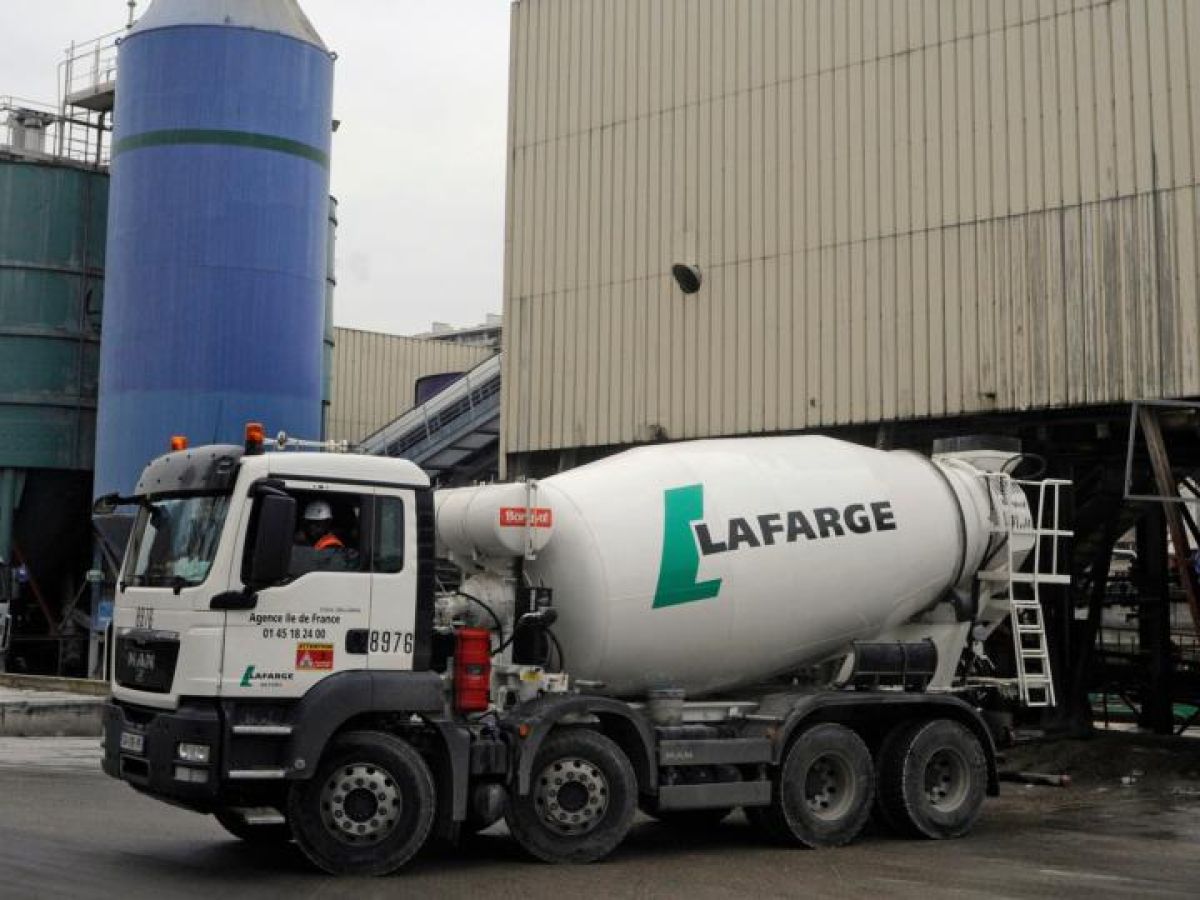Larfage targets doubling output
Cement maker — Lafarge Cement Zimbabwe Limited is forecasting cement production to increase by 100 percent as its US$25 million capital expansion programme bears fruit.
Chairman Kumbirai Katsande indicated the group is now in the final phase of the three pronged investment plan, which is the installation of a vertical cement mill expected to double cement production.
The supply contract was signed in August 2020 and the manufacturing of the plant commenced the following month.
“The third investment project is the installation of the Vertical Cement Mill (VCM), earmarked to double cement milling capacity,” said Mr Katsande in a statement accompanying financials for the year to December 31, 2020.
“Civil works for the VCM have since started and expected completion date for the project is February 2022,” he said.
This follows the successful installation of alternative power infrastructure in 2019 and completion of the automated Dry Mortars Plant in 2021.
Resultantly, production capacity for the Dry Mortars business effectively increased by 1 300 percent to 100 000 tonnes from 7 000 tonnes per annum, making the Lafarge the biggest producer of Dry Mortar products in Zimbabwe.
“Significant volume growth is therefore foreseen in the Dry Mortars business following the plant commissioning in April 2021,” said Mr Katsande.
During the past financial year, the dry mortars business drove earnings performance at a time the Covid-19 induced impacts posed severe challenges for businesses locally and across the globe.
Revenue for the year jumped 68,5 percent to $6,9 billion from $4,1 billion on significant volume growth in the Dry Mortars business and a market shift towards high strength cement which influenced a significant change in the cement product mix.
Despite losing a full month of production and sales in April 2020 due to the Covid-19 induced national lockdown the cement volumes recovered in subsequent months, with particularly strong performance in the third quarter closing at full year cement volume performance at 6 percent below prior year.
According to the group, demand was strong but volume growth was limited by capacity constraints owing to the loss of production during the April 2020 lockdown.
In the Dry Mortars business, volumes rose 115 percent compared to the prior year on the back of the relaunch of the Supagrow and SupaFix range backed by active market sensitisation of the products which has led to wider product adoption.
Gross profit margins grew 12,4 percent to 60,6 percent.
Lafarge reported an operating profit of $1,9 billion from a loss of $2,7 billion on a combination of the revenue growth, reduced costs and reduction in foreign exchange losses.
Net monetary position during the period remained favourable in inflation terms which resulted in an increase in the net monetary gain to $406 million from prior year’s $759 million, culminating in a profit for the year of $3,1 billion from a loss of $3,5 billion.
Basic earnings per share improved to 38 cents from a loss of 44 cents in the prior year. Total assets remained flat at $4 billion.
The impacts of Covid-19 pandemic are likely to remain posing challenges to businesses and impact on performance. But Mr Katsande said the cement maker will continue to adapt its business strategy so as to thrive in the changing environment
Lafarge did not declare a dividend due to the uncertainties that prevail in the economic environment and to preserve working capital.-herald.cl.zw









